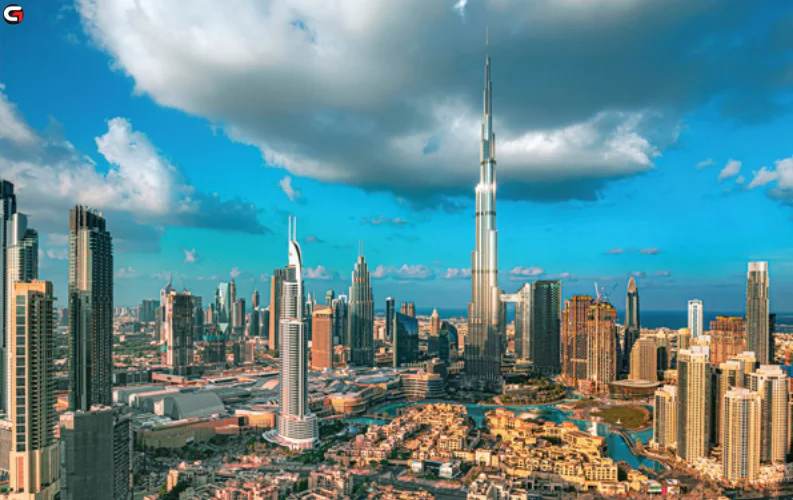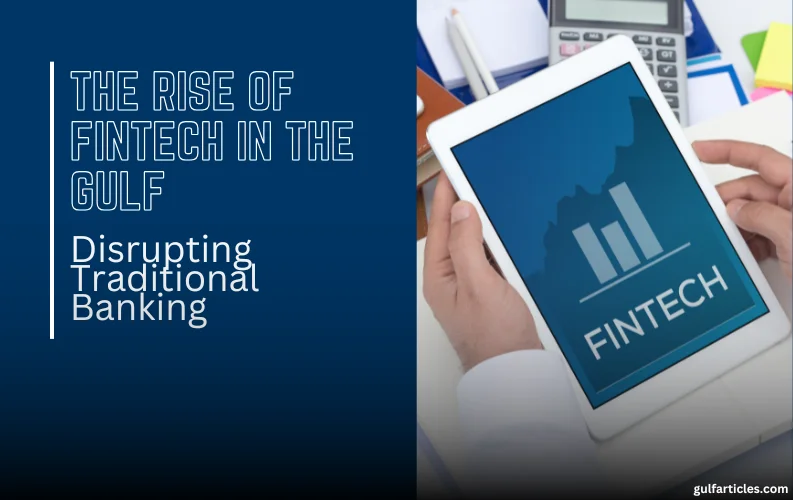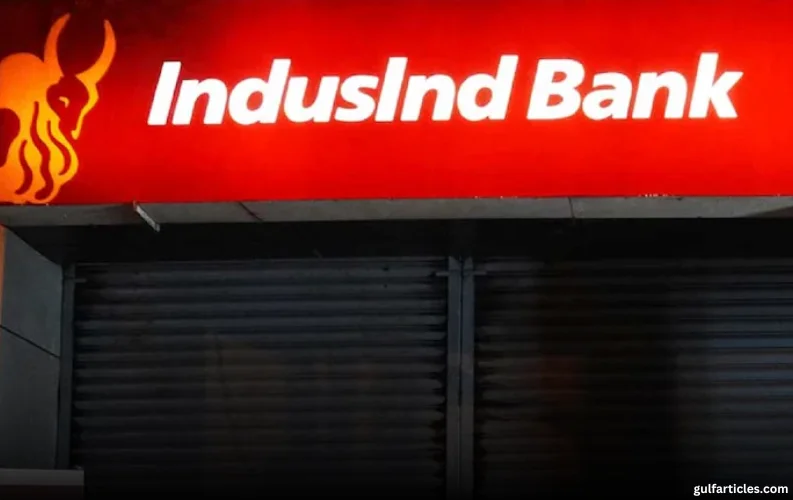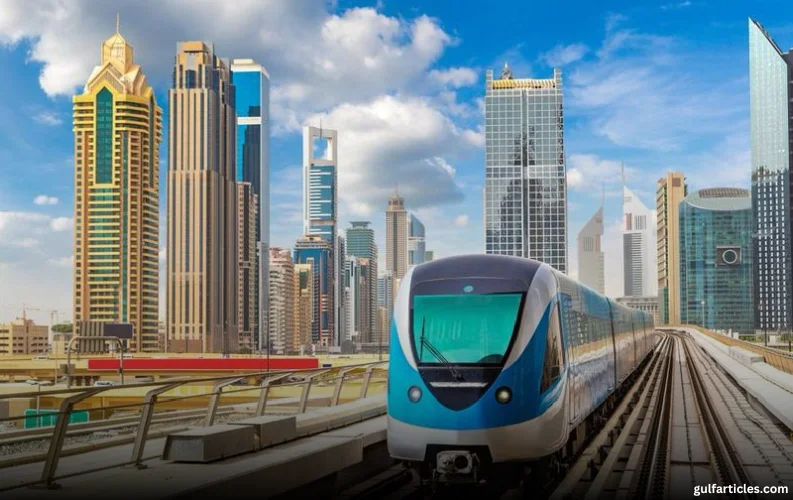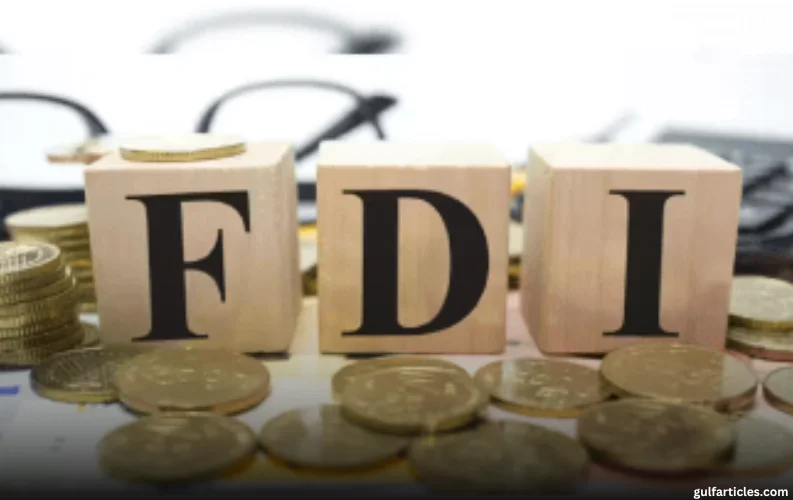Dubai – The rental market in Dubai is witnessing a gradual shift as the gap between lease renewals and new tenancy contracts narrows. While high rental prices have traditionally led tenants to renew leases rather than relocate, the influx of new residential units in the outskirts of the city is providing more affordable alternatives, changing the market landscape.
New Supply Influencing Rental Trends
Industry experts confirm that tenants still favor lease renewals to avoid the costs associated with signing new contracts. However, with new developments offering competitive rental rates, larger unit sizes, and modern amenities, many residents are now considering relocation.
"New projects further from the city center are attracting tenants looking for affordable housing options without sacrificing space and facilities," said Matthew Green, Head of Research for MENA at CBRE.
Despite an increase in new housing supply, Green noted that the leasing market remains undersupplied, with fewer than 25,000 units completed in 2024 and approximately 45,000 expected in 2025. This is set against the backdrop of Dubai’s growing population, which reached 3.8 million residents.
Rising Rental Prices and Market Adjustments
According to Dubai Land Department (DLD) data, rental contract registrations in Q4 2024 increased by 7% year-on-year, with renewal contracts rising by 9% and new registrations by 5%.
Real estate consultancy Betterhomes has forecasted a record-breaking 72,365 unit handover in 2025, a 171% surge in new supply. However, despite this increase, CBRE reported that rental prices continued to climb in 2024, with apartment rents rising 16% and villa rents increasing 13%.
"The supply shortage in key communities is expected to drive rents higher in 2025," CBRE stated.
Impact of Dubai’s Smart Rental Index
In an effort to introduce greater market stability, Dubai Land Department (DLD) rolled out the Smart Rental Index in early January. This tool is designed to ensure fairer rental assessments by factoring in unit-specific qualities and drawbacks, making lease agreements more transparent.
Prathyusha Gurrapu, Director and Head of Research at Cushman & Wakefield Core, believes that this initiative, coupled with the rise in new supply, will help moderate rent increases in the coming months.
Government Measures to Stabilize the Market
Authorities in Dubai and the UAE Central Bank have introduced cooling measures to prevent speculative activities and stabilize the real estate market. A key step includes restricting lending on transactional setup fees, such as the 4% DLD registration fee and mortgage-related charges.
CBRE highlighted that speculative real estate transactions had surged in 2024, with off-plan sales accounting for 70% of all transactions, prompting regulatory interventions to prevent market overheating.
Developers Adjust Strategies Amid Changing Market Conditions
Some developers are responding to market conditions by adjusting their payment plans. Rather than deferring payments until project completion, many are now requiring larger upfront deposits and structured payments during construction.
According to Savills, Dubai’s real estate market is expected to maintain its resilience in 2025, fueled by continued investor confidence, demand for off-plan properties, and rising interest in luxury housing.
"The trends observed in 2024, such as strong demand for high-end residences and flexible payment plans, are likely to persist, making 2025 another dynamic year for Dubai’s property market," the consultancy firm stated.
Conclusion: What’s Next for Dubai’s Rental Market?
As Dubai continues to expand its residential infrastructure, tenants are gradually exploring new housing opportunities beyond the city’s core areas. While rents remain elevated, the influx of new supply and regulatory initiatives is expected to reshape the rental market, providing more balance between demand and affordability.



